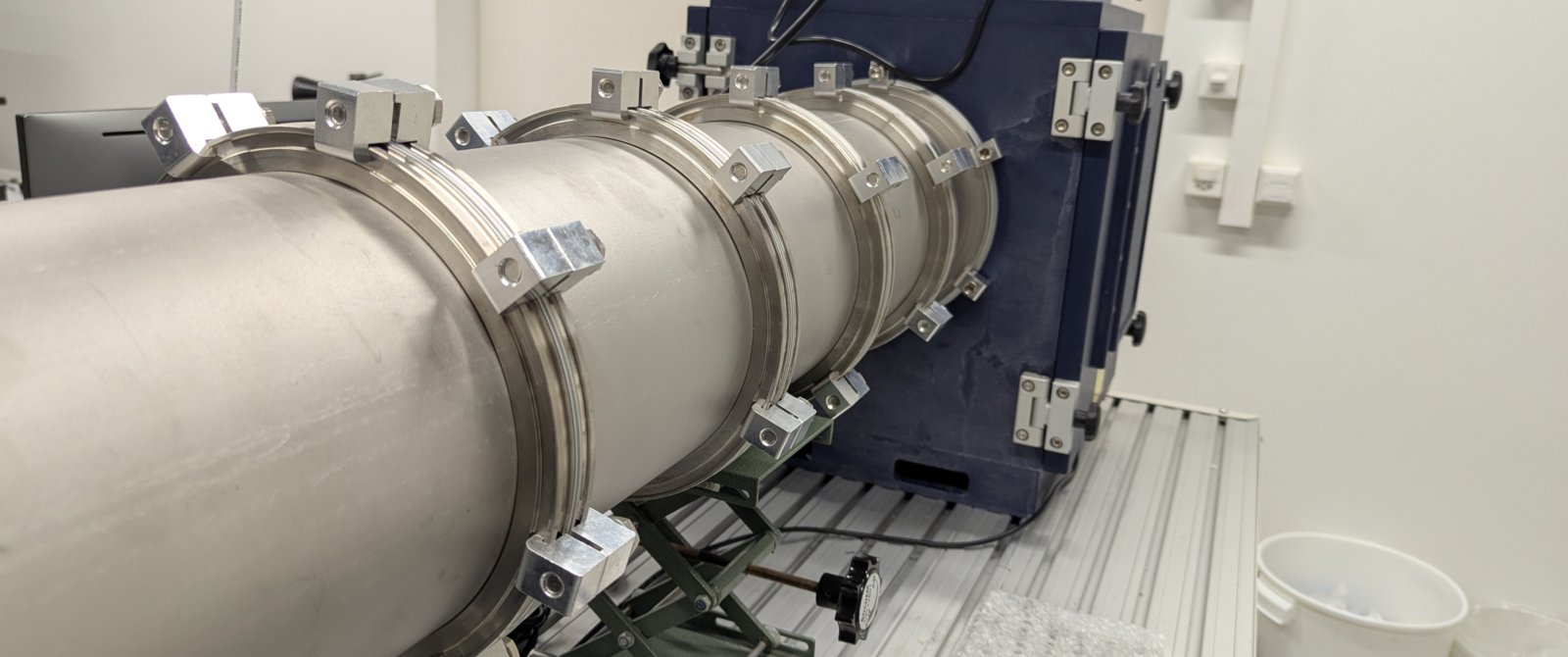Small angle X-ray scattering (SAXS) is an analytical technique that measures the scattering of X-rays at very small angles as they pass through a sample, providing information about the size, shape, and internal structure of particles or macromolecules in the nanometer to micrometer range
SAXS was developed in the early 20th century, and in the 1930s theoretical foundations and practical applications for studying colloids, polymers, and biological macromolecules were established.
Today, SAXS is widely used in material science to analyze nanostructures, pore sizes, and particle distributions in materials such as polymers, composites, and battery electrodes. In life sciences, SAXS enables the investigation of proteins, nucleic acids, and other biomolecules in solution, allowing researchers to determine their size, shape, and conformational changes without the need for crystallization. The technique is valued for its ability to study samples in native or near-native environments, making it a powerful tool for both static and dynamic structural analysis in soft matter, biophysics, and complex fluids.
Directly to the Instrument:
Small Angle X-ray Scattering
-
Key hardware components
-
X-ray source : Generates the X-rays needed for scattering experiments; can be a sealed tube, rotating anode, or synchrotron source for higher intensity.
-
Monochromator or beam conditioning optics : Selects the desired X-ray wavelength and shapes the beam, often using monochromators, mirrors, or collimators (such as pinholes or slits) to produce a well-defined, collimated beam.
-
Sample holder or stage : Precisely positions the sample in the path of the X-ray beam, often allowing for temperature or environmental control.
-
Detector : Captures the scattered X-rays at small angles, commonly using CCD area detectors or other sensitive X-ray detectors to record the scattering pattern.
-
Beamstop : Blocks the direct, unscattered X-ray beam to prevent detector damage and improve measurement sensitivity.
-
Data acquisition and control system : Manages instrument operation, data collection, and processing for analysis.
-
-
Sample preparation milestones
Sample preparation is crucial for reliable SAXS measurements and varies depending on the sample type:
-
For biological macromolecules and proteins in solution, samples are typically filtered or centrifuged to remove aggregates and matched with an appropriate buffer to minimize background scattering. Concentration series may be prepared to assess concentration-dependent effects and optimize signal quality.
-
For nanoparticles, colloids, or polymers, samples are often dispersed in suitable solvents to ensure homogeneity and prevent aggregation.
-
Advanced sample handling platforms, such as centrifugal microfluidic LabDisks, can automate the preparation of multiple dilution conditions with minimal sample volume, allowing high-throughput and reproducible SAXS screening.
-
For solid samples, thin films or powders are mounted in specialized holders, and care is taken to ensure uniform thickness and minimize air gaps
-

